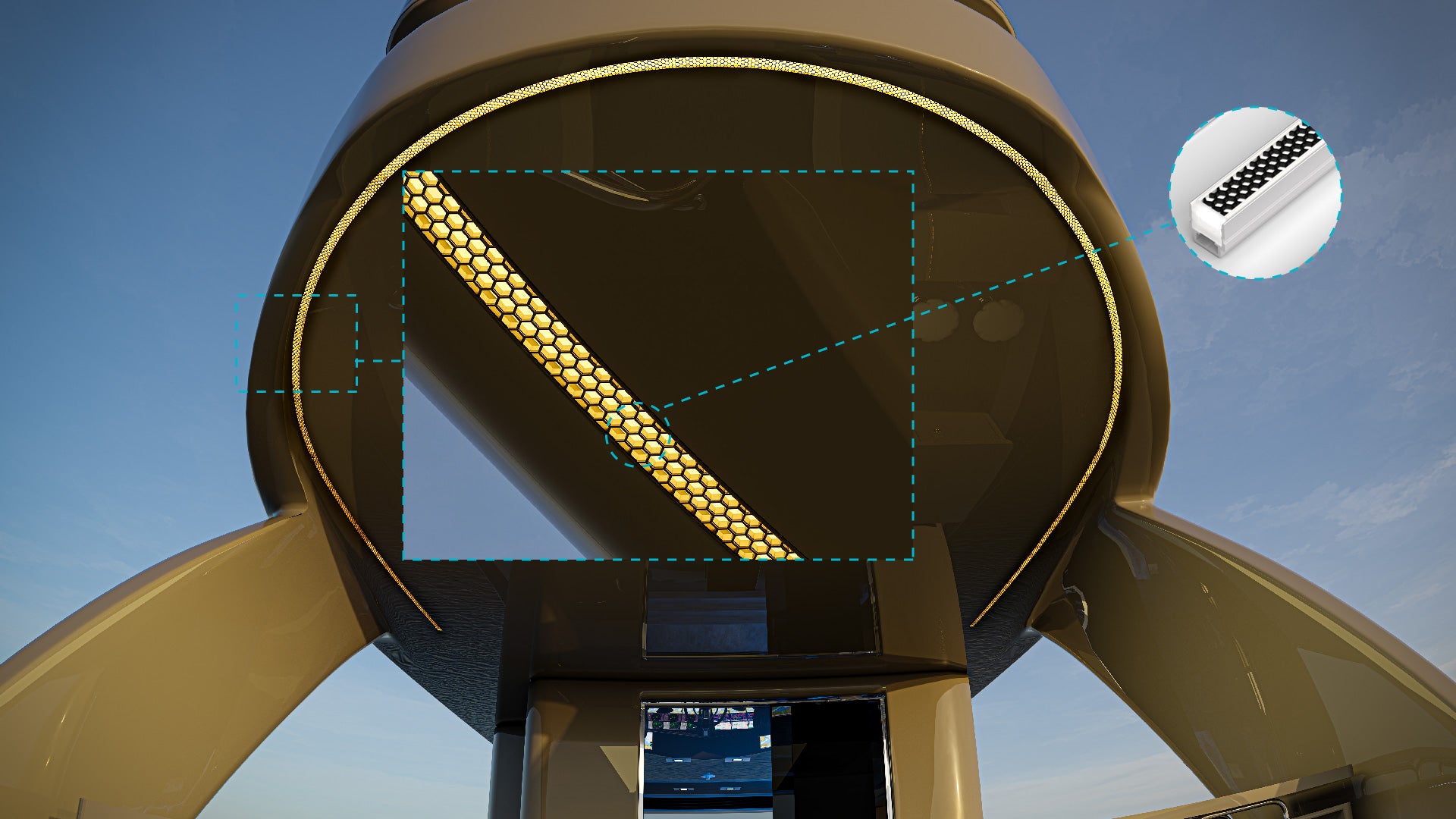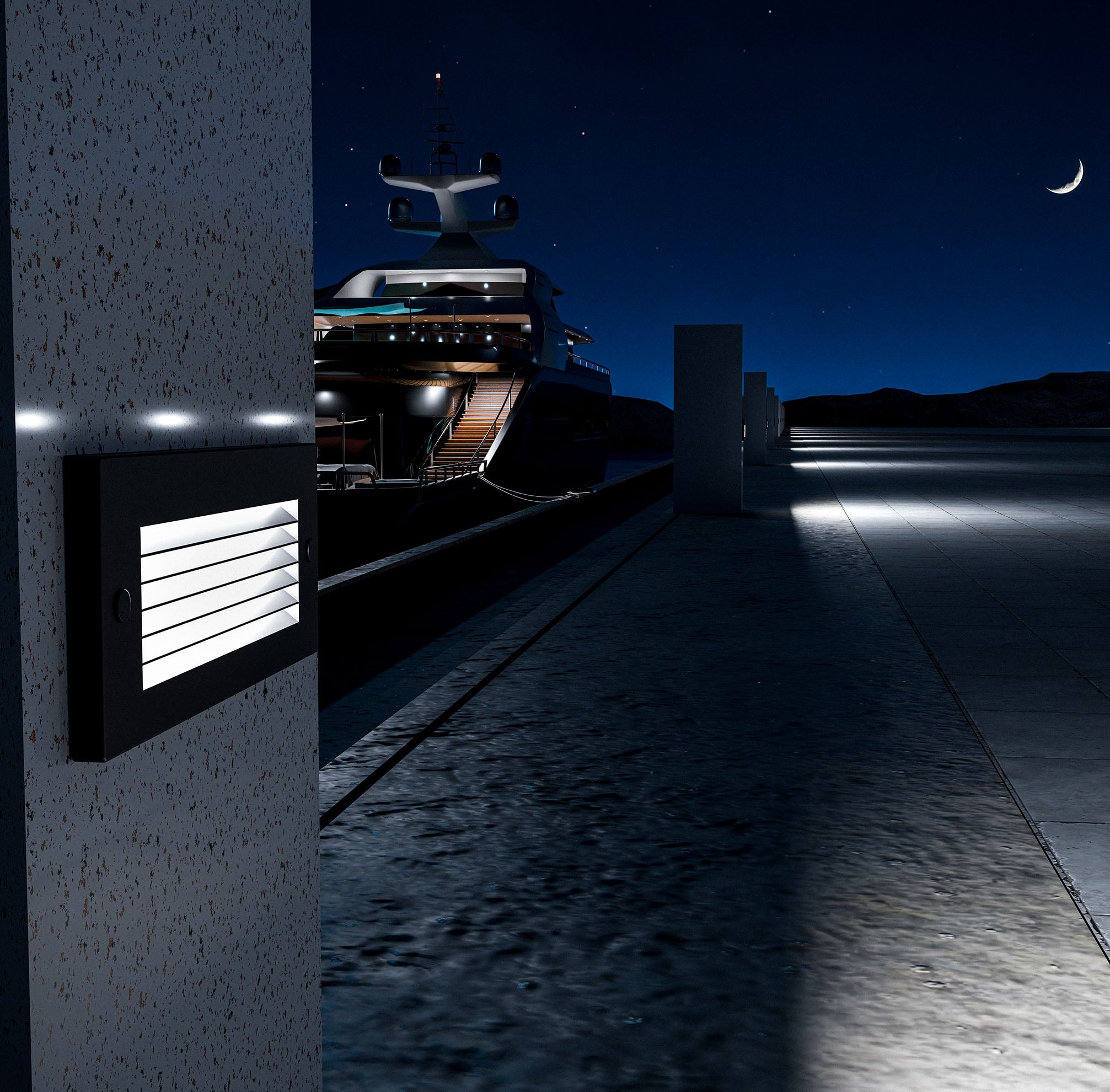When installing or upgrading lighting, selecting the correct wire gauge is crucial to ensure safe, efficient, and long-lasting performance. Choosing the right wire gauge impacts how well your lighting system operates, its energy efficiency, and, most importantly, its safety. Here’s a comprehensive guide to help you understand wire gauge basics and make the best choice for your lighting needs, including when to use a Low Voltage Wire Gauge Chart to ensure accuracy.
Introduction to Wire Gauge
Wire gauge refers to the thickness of the wire, typically measured in American Wire Gauge (AWG). Wire gauge directly affects the amount of current the wire can carry safely without overheating. Generally, thicker wires have lower AWG numbers (e.g., 10 AWG is thicker than 14 AWG), while thinner wires have higher AWG numbers.
Choosing the correct wire gauge is essential for a few reasons:
Safety
Undersized wires can overheat, posing a fire risk.
Efficiency
Thicker wires allow current to flow more freely, reducing energy loss.
Longevity
Properly gauged wires reduce strain on the electrical system, extending the lifespan of your lighting setup.
Why Wire Gauge Matters for Lighting
Selecting the correct wire gauge is particularly important for lighting applications. Here’s why:
Safety Concerns
Undersized wires can become dangerously hot when they carry more current than they are designed to handle. This overheating can lead to wire insulation melting, resulting in a risk of electrical fires.
Voltage Drop
Voltage drop occurs when electrical current travels through a long wire. If the wire is too thin, voltage drop becomes more pronounced, causing dimming in lights or even system failure in low-voltage setups. A thicker wire minimizes voltage drop over long distances, maintaining consistent brightness.
Increased System Longevity
Using the appropriate gauge reduces wear on both the lights and the wiring. When wires are sized correctly, they can handle the load without excessive heat or energy loss, leading to a more reliable and longer-lasting lighting system.
Factors to Consider When Choosing Wire Gauge
Several factors go into selecting the right wire gauge for your lighting system. Here’s what to consider:
Distance of the Wiring Run
The length of the wire run significantly impacts the wire gauge choice. For longer distances, you’ll need a thicker wire to prevent excessive voltage drop. For low-voltage applications, referring to a Low Voltage Wire Gauge Chart can be especially helpful, as it provides precise recommendations based on distance and current requirements.
Current Requirements of Lights
The current draw of your lighting system (measured in amps) determines how much load the wire needs to handle. Higher-current systems require thicker wires. Check the specifications of your lights or consult an electrician if you’re unsure of the current requirements.
Indoor vs. Outdoor Use
Outdoor installations often require thicker, more durable wires to withstand elements like moisture, temperature fluctuations, and UV exposure. Some outdoor-rated wires also come with additional insulation for extra protection.
Wire Gauge Recommendations for Different Lighting Scenarios
The specific lighting type you’re installing will also influence the correct wire gauge. Here’s a breakdown of common lighting scenarios:
Low-Voltage Lighting (e.g. LED Strips)
For 12V or 24V LED lighting, voltage drop is especially important since low-voltage systems are more susceptible to power loss over longer runs. In general, 16- or 18-gauge wire works well for short LED strip light runs, while longer runs or higher-wattage strips may require 14-gauge wire to reduce voltage drop. A Low Voltage Wire Gauge Chart can be beneficial for accurately determining the right gauge based on distance and amps.
Household Lighting (120V Standard Lighting)
For typical household lighting that operates on 120V, 14-gauge wire is commonly used for 15-amp circuits, while 12-gauge wire is standard for 20-amp circuits. Always check your local electrical code, as certain areas require specific wire gauges for particular amperage.
High-Voltage or High-Current Applications (e.g. Outdoor Security Lighting)
Outdoor security lights, floodlights, and other high-current applications may require 10-gauge wire or thicker, especially for long runs. Outdoor installations often benefit from thicker wires with weather-resistant insulation for added durability.
Calculating the Correct Wire Gauge
For precise wire selection, it’s essential to consider ampacity and voltage drop. Here’s how to calculate the right wire gauge:
Understanding Ampacity
Ampacity is the maximum current a wire can carry without overheating. Calculate the amp draw of your lights by checking the product specifications. Then, refer to an ampacity chart or a Low Voltage Wire Gauge Chart (readily available online) to determine the appropriate wire gauge based on ampacity and wire length.
Using Wire Gauge Charts
Wire gauge charts are valuable tools for finding the correct gauge based on current requirements and distance. These charts usually list maximum amps alongside different gauge ratings, simplifying the selection process.
Example Calculation
Imagine you’re installing a 12V LED system that requires 5 amps and runs 50 feet. Checking a Low Voltage Wire Gauge Chart, you’ll find that a 12-gauge wire is suitable for carrying this current over a 50-foot run, ensuring minimal voltage drop and safe operation.
Common Mistakes to Avoid
Choosing the right wire gauge is essential, but some common pitfalls can lead to costly or even dangerous mistakes. Here are a few to watch out for:
Using Undersized Wires
Many people underestimate the wire size needed for their lighting systems. Using a wire that’s too thin can lead to overheating, voltage drop, and potential failure. Always err on the side of caution and, if unsure, choose a thicker wire.
Ignoring Voltage Drop
Voltage drop is especially critical in low-voltage systems and long runs. Failing to account for voltage drop can cause lights to dim or even stop working over time. Thicker wires help mitigate voltage drop, especially for extended cable runs. Referencing a Low Voltage Wire Gauge Chart for long-distance runs is particularly useful to ensure proper gauge selection.
Improperly Insulated Wires for Outdoor Use
Outdoor installations require weather-resistant insulation to protect against moisture and UV rays. Using indoor-rated wires outdoors can lead to insulation breakdown, creating safety hazards. Always choose outdoor-rated wires for exposed applications.
Wire Gauge Recommendations for Special Cases
Special lighting setups, like marine or RV lighting, often require additional considerations. Here are some tips for these scenarios:
Marine Lighting
Marine environments are harsh on electrical systems. Choose marine-grade wires that resist saltwater corrosion and opt for thicker wires to account for extra resistance due to harsh conditions.
RV and Motorhome Lighting
Many RV lighting setups run on 12V systems and require considerations similar to low-voltage LED systems in homes. Choose thicker wires for runs exceeding 20 feet and ensure all wiring is securely fastened and insulated to prevent wear and tear from movement.
Selecting the correct wire gauge for your lighting is a critical aspect of any installation. The right wire gauge keeps your system safe, prevents voltage drops, and ensures that your lights perform efficiently over time. In short:
- Consider the distance of the wiring run—longer distances require thicker wires.
- Calculate the current draw of your lights to determine the load on the wire.
- Use a Low Voltage Wire Gauge Chart for accurate sizing in low-voltage systems.
- Choose the correct wire type for indoor or outdoor use.
At K2 Lighting, we offer a range of lighting solutions suitable for various setups and are happy to recommend compatible wire gauge options. Ensuring a safe and efficient installation is our priority, and we’re here to help you choose the best components for a reliable lighting system.





